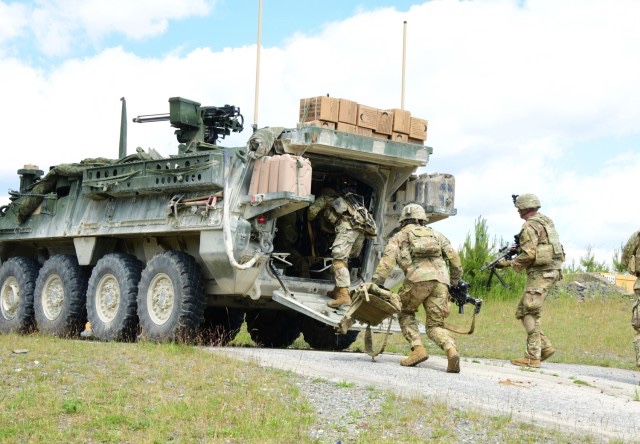
GRAFENWOHR TRAINING AREA, Germany — When conducting mounted to dismounted missions, Stryker Brigade Combat Teams cannot let a little steel get in the way of their network communications.
The 3rd Squadron, 2nd Cavalry Regiment is the first unit equipped with Capability Set 23’s — or CS23 — Integrated Tactical Network. This network, shortened as ITN, is providing Soldiers with flexible network and situational awareness capabilities from inside the hull out to the area of operations on the ground.
The unit recently completed a live-fire training event at Grafenwohr Training Area, with additional events held at Rose Barracks, during which program developers and evaluators from the Program Executive Office Command, Control, Communications Tactical, Combat Capabilities Development Command C5ISR Center and the Army Test and Evaluation Command assessed and measured the operational effectiveness, suitability, and survivability of ITN, including cyber capabilities, as part of their operations demonstration phase 1 with the unit.
The team will use Soldier feedback from the event to incrementally enhance the capability in preparation for Ops Demo Phase 2 in January, 2023. They will assess CS23’s ITN in a force-on-force regimental level exercise with 3rd Squadron.
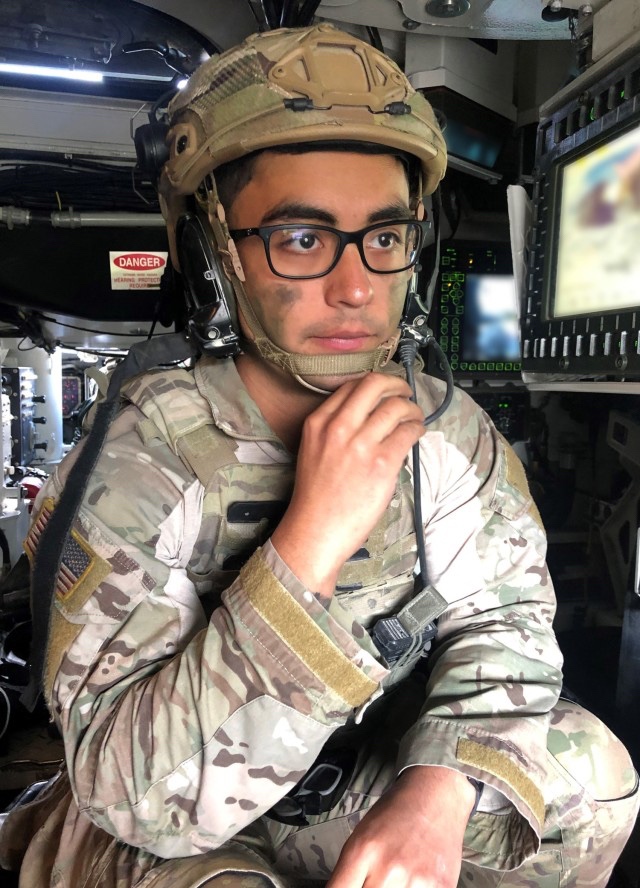
“It certainly isn’t lost on me that 3rd Squadron has been presented with a once-in-a-lifetime opportunity to blaze the trail of ITN integration for not just our Regiment, but for other Stryker Brigade Combat Teams across the Army,” said Lt. Col. Mark Bush, 3rd Squadron, 2nd Cavalry Regiment. “I believe our squadron possesses a myriad of talent at every echelon that is capable of providing cogent and applicable feedback regarding process for fielding and tactical implementation.”
The ITN provides a simplified, independent, mobile network solution comprised of a commercial solutions kit that can be rapidly inserted into the existing tactical network. These capabilities provide commanders with flexible, secure and resilient communications across echelons and will be pivotal to the 3rd Squadron’s mounted, on-the-move and at-the-quick-halt missions as part of their arsenal within the European Command area of operations.
“I am extremely excited that we were able to deliver the latest CS23 networking technologies to the Wolfpack squadron,” said Matt Maier, Project Manager for Interoperability, Integration and Services, assigned to Program Executive Office Command, Control, Communications Tactical. “I think mounted capabilities will be a game changer for units as we achieve the capacity, resilience and convergence goals for the Army’s Unified Network.”
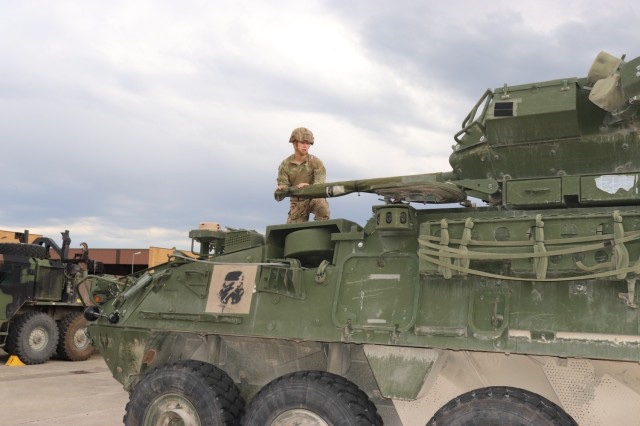
The ITN has been a major component to the Army’s Capability Sets, which began fielding in fiscal year 2021, and are continuing to field in FY 2023, 2025 and 2027. In this end-to-end tactical network approach, each capability set builds off the previous and relies heavily on Soldier feedback.
CS23 ITN includes new capabilities that provide cellular hotspots for vehicles, which allow mounted Soldiers to connect to cloud-based resources with a secure VPN over host nation cellular services as part of their Primary, Alternate Contingency and Emergency Plan. Additional CS23 capabilities provide new Wi-Fi and updated GPS vehicle routing capabilities and multiple-input and multiple-output radios for high-speed command post data exchanges, with both mobile and static command posts.
As did the Infantry Brigade Combat Teams that received CS21’s modernized network systems over the past year, 3rd Squadron is now experiencing firsthand the difference between conducting operations using existing systems versus newer commercially enhanced networked capabilities.
“The biggest thing about ITN is that it is truly an integrated tactical network,” said Staff Sgt. John Mock, 3rd Squadron, 2nd Cavalry Regiment network communications officer in charge of network integration for the unit.
“We aren’t using independent systems that are great on their own but ultimately don’t talk to one another. Now, we can share [ ], messaging services and graphics to allow ease of communications on the battlefield to improve the site picture for our commander for better decision making.”
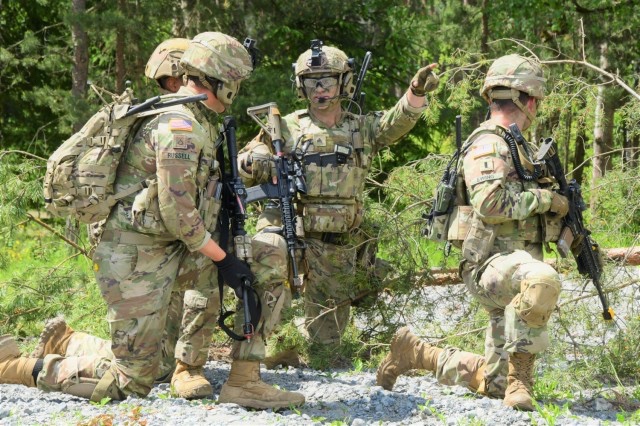
Radios are the primary capability used for ITN communications across the echelons, and for this exercise, the Wolfpack platoons used the PRC-163 Leader Radio for dismounted operations and the PRC-162 Manpack for both dismounts and inside the vehicles.
Spc. Elliott Mazner, who has served in numerous 3rd Squadron, 2nd Cavalry Regiment platoon positions from rifleman to squad leader, covered down as squad automatic weapon gunner for this event. His familiarity with ITN during previous exercises provided him with a strong base to evaluate and provide feedback on these network communications.
“I’m impressed with 163’s ability to communicate outside the truck,” Mazner said. “It’s a radio sitting in someone’s kit with an antenna [outside], but it’s still able to get past the armor in the truck, reach another truck through that armor and communicate with another 163 inside that truck.”
The Android Tactical Assault Kit end-user device is the sister component to the radios for overall situational awareness. It displays real-time friendly and enemy location information, which allows leaders better decision-making capabilities.
“Using the ITN displays details just like it was a Tinder profile for the enemy, where we’re able to see what we’re looking at and the commander can make instant decisions,” Bearden said. “If you don’t have this capability there will be more casualties on the battlefield, which is why this capability is amazing.”
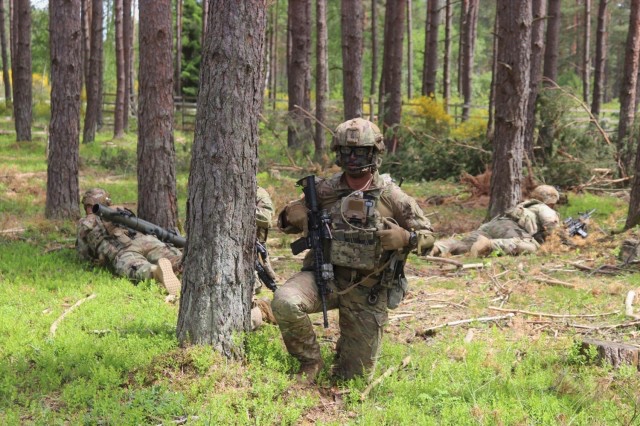
The primary waveform used with ITN is the TSM waveform, which is a commercial mesh waveform that requires line-of-sight and provides a barrage relay, where every radio is a repeater for all network traffic. Providing simultaneous voice, data and position location information, TSM operates in the Secure-But-Unclassified enclave, which enables encrypted data to be transmitted over military or commercial networks, the Internet, cellular networks or compatible but non-military waveforms.
The unit relied heavily on TSM during the multi-national exercise Saber Strike 22 exercise conducted last October, which required movement from Rose Barracks, Vilseck, to Latvia.
“Most useful to our participation in Saber Junction was the voice-over-distance function enabled by the mesh network of our mission command systems,” Bush said. “Experiencing the clarity in communications over long distances, all enabled by individual radios acting as repeaters for each other, was extremely impressive.”
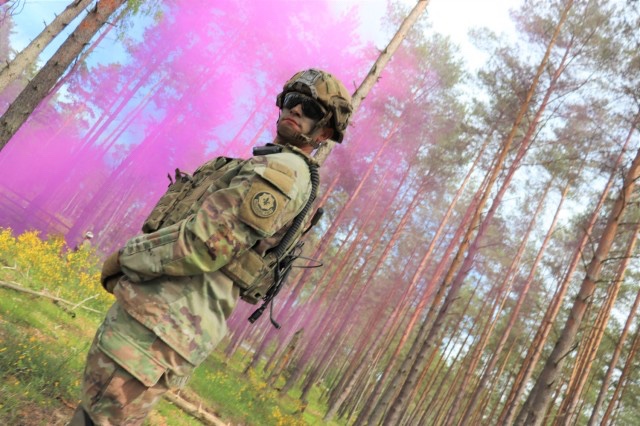
Not that the capabilities performed flawlessly; between the distance covered coupled with early Soldier ITN adopters, the unit faced some challenges as it continued to train on the various ITN components.
“I am very aware that introduction of unfamiliar technology always comes with a steep learning curve,” Bush said. “However, our squadron’s experience of implementing the ITN capability providing very real assurance to NATO allies has been second to none. The situational awareness provided for across digital and voice mediums, for both mounted and dismounted combat troops, has been one of efficiency [that] I have not experienced in 18 years of active service.”
According to Mock, his unit understands that there will be growing pains employing ITN in large scale deployments, but thus far, with every growing pain they have run into, they have come out stronger by identifying the fault and coming up with a plan of action to resolve it.
3rd Squadron received an initial ITN fielding in 2021, and since then it has had many opportunities to see how its feedback has impacted network capabilities.
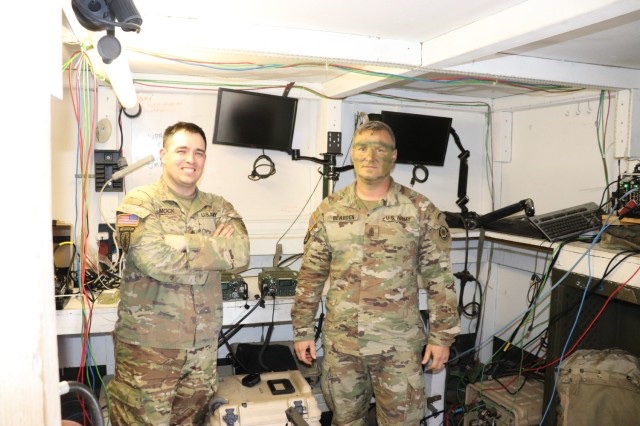
“Between the initial ITN fielding and CS23 Ops Demo, the key points we brought up, whether large-scale problems or small, such as placing a button in a certain place, have been implemented,” Mock said. “The training was leaps and bounds better. The equipment has adapted to us very well and we have adapted to the equipment significantly.”
Now that the exercise has concluded, the Army’s Operational Test Command will gather the instrumented data, surveys and round table information collected during the daily After Action Review meetings to prepare an initial findings report, with a full report planned following Ops Demo Phase 2, noted Maj. Greg Stueve, Operational Test Command test officer for ITN.
The unit will continue to train on ITN at home during low density training events, where Soldiers will go through battle drills using their radios and end-user devices, all the while continuing to provide critical feedback to the ITN team, Bearden said.
“Soldier feedback in support of Army network communications modernization is a must,” Bush said. “We wouldn’t ask our Soldiers to fight with a weapons system that the end-user hasn’t tested. I believe the same principle applies when considering platforms that enable the Soldier’s ability to communicate.”
Bearden agreed.
“This is what survivability on the modern battlefield looks like,” he said. “This is what modernization looks like.”
By Kathryn Bailey, PEO C3T Public Affairs

